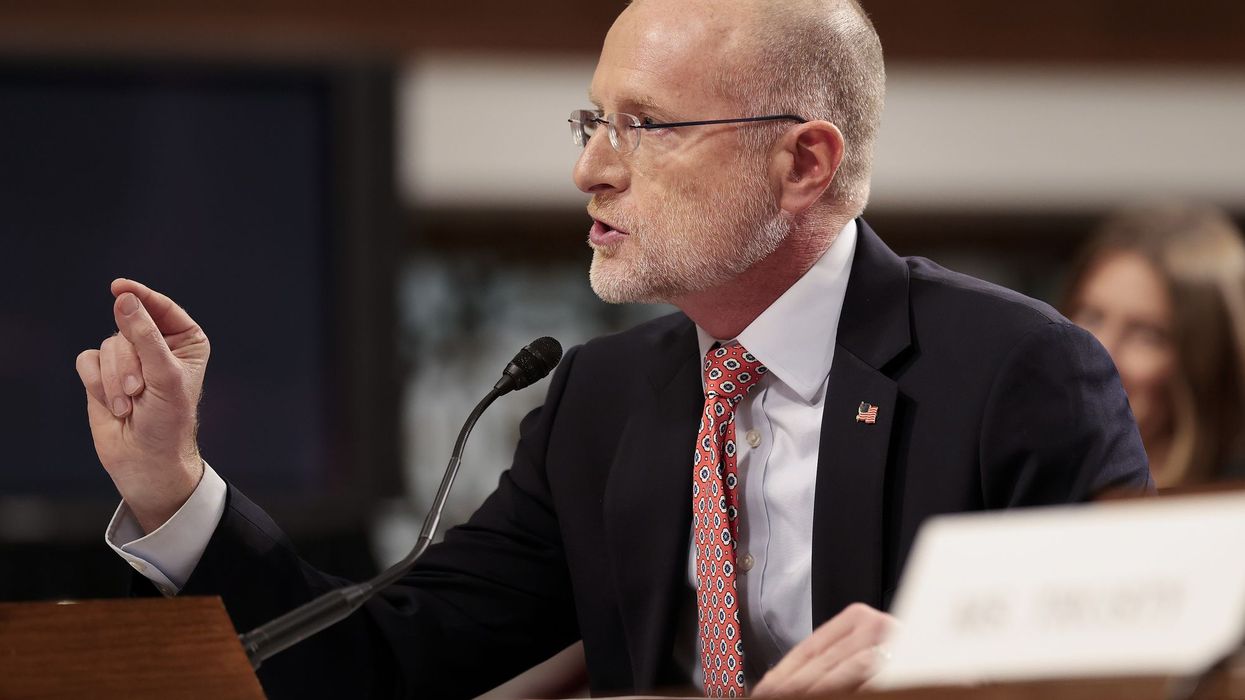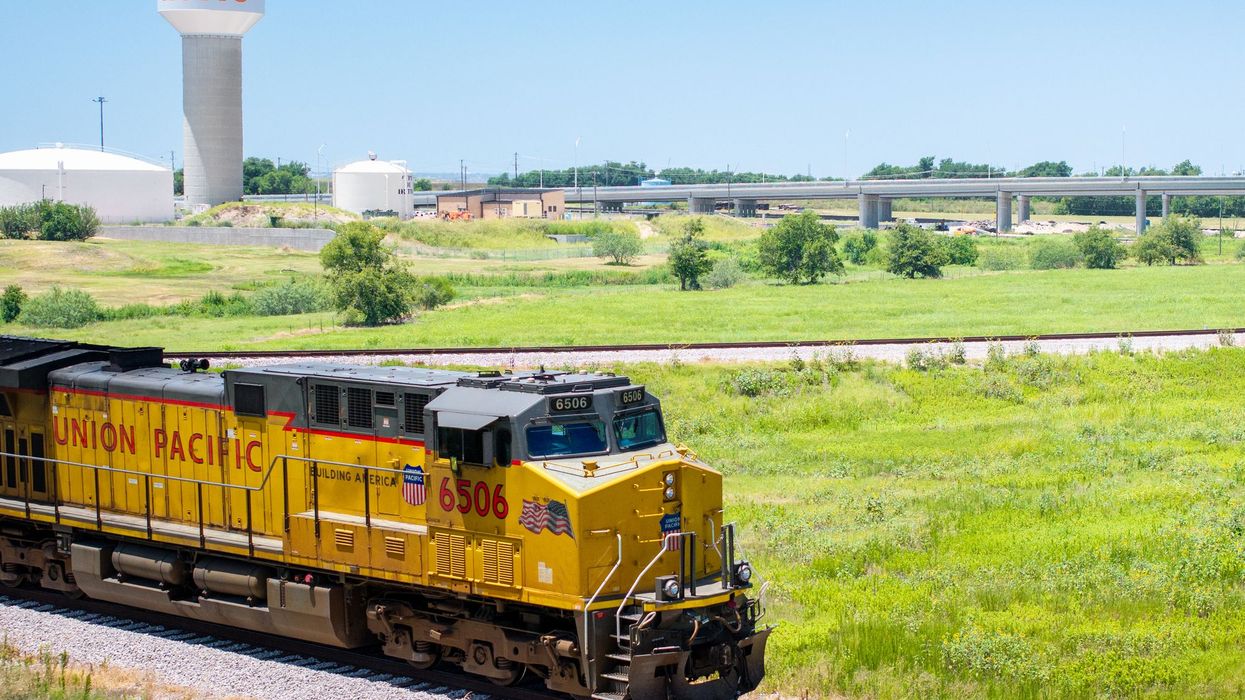BP's official response plan for oil spills in the Gulf of Mexico is
studded with patently inaccurate and inapplicable information but was
nonetheless approved by the federal government, according to Public
Employees for Environmental Responsibility (PEER). Most notably, the
response plan contains no information about how to cope with a deep
water blowout but is littered with outright inanities, suggesting that
no regulator seriously read it.
The "BP Regional Oil
Spill Response Plan - Gulf of Mexico" dated June 30, 2009 covers all of
the company's operations in the Gulf, not just the ill-fated Deepwater
Horizon. The plan:
- Lists
"Sea Lions, Seals, Sea Otters [and] Walruses" as "Sensitive Biological
Resources" in the Gulf, suggesting that portions were cribbed from
previous Arctic exploratory planning; - Gives a web
site for a Japanese home shopping site as the link to one of its
"primary equipment providers for BP in the Gulf of Mexico Region
[for]rapid deployment of spill response resources on a 24 hour, 7 days
a week basis"; and - Directs its media spokespeople
to never make "promises that property, ecology, or anything else will
be restored to normal," implying that BP will only commit candor by
omission.
More
seriously, the plan does not contain information about tracking
sub-surface oil plumes from deepwater blowouts or preventing disease
(viruses, bacteria, etc.) transmission to captured animals in rehab
facilities, which was found to be a very serious risk following the
Exxon Valdez spill. It also lacks any oceanographic or meteorological
information, despite the clear relevance of this data to spill response.
"This response plan is not worth the paper it is written on," said PEER
Board Member Rick Steiner, a noted marine professor and conservationist
who tracked the Exxon Valdez spill, noting that the plan is almost 600
pages largely consisting of lists, phone numbers and blank forms.
"Incredibly, this voluminous document never once discusses how to stop
a deep water blowout even though BP has significant deep water
operations in the Gulf."
The chapter on "Worst Case Discharge" features wildly optimistic
projections of the maximum size of any crude spill and bland assurances
that within hours of any incident "personnel, equipment, and materials
in sufficient quantities and recovery capacity to respond effectively
to oil spills from the facilities and leases covered by this plan,
including the worst case discharge scenarios" will be deployed.
"Pointing out our gaping incapacity in spill prevention and response is
not just an exercise in hindsight," stated PEER Executive Director Jeff
Ruch, noting that, according to the soon-to-be-defunct U.S. Minerals
Management Service, there are approximately 4,000 producing platforms
in the Gulf of Mexico, nearly half of them are "major platforms" with
nearly 1,000 of these manned by personnel. "We ought to be losing
sleep that there is still no sane spill response plan for the Gulf.
###
Visit the Japanese web site that BP provides for one its primary emergency equipment providers
Read BP's "Worst Case" narrative
View the entire 583-page BP Gulf Spill response Plan
See Interior Sec. Salazar ignoring warnings of poor spill prevention and response capacity




